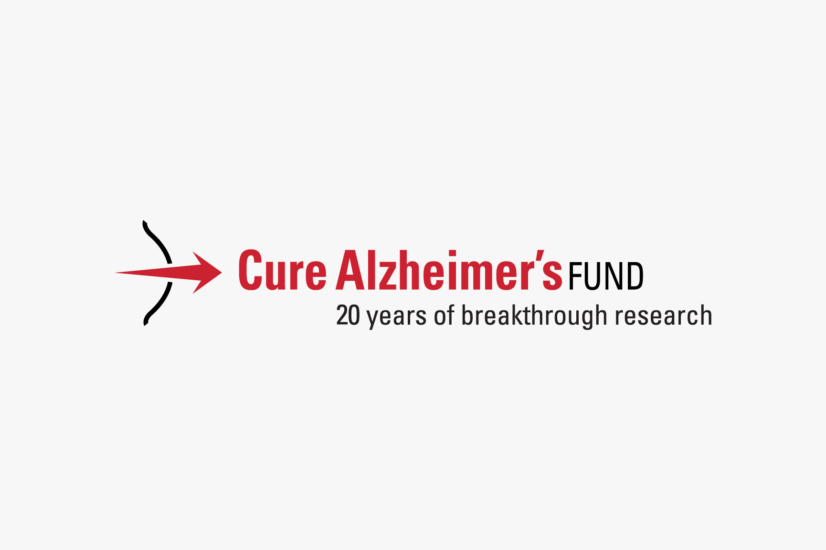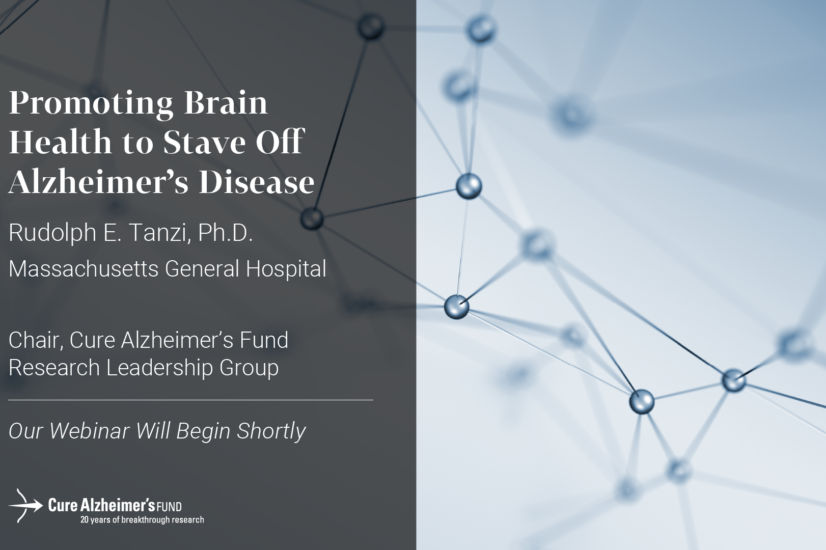Dimebon looks clinically promising in Russian study,
now revealed to increase substance in brain implicated in disease causation
New findings, announced on July 15 at the Alzheimer’s Association 2009 International Convention on Alzheimer’s Disease (ICAD 2009) in Vienna, Austria, unexpectedly showed that the former hay fever drug Dimebon increases generation by the brain of the beta amyloid peptide, a substance implicated in causation of Alzheimer’s. A study from Russia, announced last year, suggested that Dimebon might improve and stabilize thinking ability in Alzheimer’s disease.
Since 1986, genetic evidence, largely the work of Rudolph Tanzi, PhD, Professor of Neurology and Genetics at Massachusetts General Hospital and Director of the Cure Alzheimer’s Fund Genetic Initiative, has linked every AD mutation to enhancement of beta amyloid buildup.
Funded by Cure Alzheimer’s Fund, the new studies on Dimebon, which is produced by Medivation, Inc., and now owned by Pfizer, Inc., involved mice that carry human Alzheimer’s genes and develop brain protein structures that demonstrate the same characteristics as human Alzheimer’s. Dr. Sam Gandy, Mount Sinai Professor in Alzheimer’s Disease Research at the Mount Sinai School of Medicine in New York NY and a member of the Cure Alzheimer’s Fund research consortium, and his colleagues John Cirrito PhD, and David M. Holtzman, MD, Professor and Chairman of the Department of Neurology at Washington University in St Louis, St Louis, MO, conducted a series of studies in cells and in mice in order to assess the effects of Dimebon on beta amyloid.
“At this stage, the results Dimebon has demonstrated in Phase III clinical testing are very promising,” said Gandy, also Professor of Neurology and Psychiatry and Associate Director of the National Institute on Aging Alzheimer’s Disease Research Center, at Mount Sinai. “The effect of Dimebon on brain beta amyloid is surprising and unexpected.”
Dimebon is an antihistamine that also blocks adrenaline and serotonin receptors. There is also evidence that Dimebon works to inhibit brain cell death by stabilizing and improving functions involving mitochondria, which may also fail to function properly during neurodegenerative diseases and during the aging process. The drug is unlike any other in its field because of the neurological areas it targets. Though clinical trials have been promising, more studies are needed before the drug can be considered effective for Alzheimer’s patients.
Tim Armour, the President and CEO of Cure Alzheimer’s Fund, believes Dimebon gives hope to the Alzheimer’s community. “We applaud Dr. Gandy and his team for their work, and are pleased that Dimebon has opened this new area of research,” Armour said. “We are proud to be a part of such an exciting endeavor that gives hope to the 5 million people with Alzheimer’s around the globe.” An ongoing Phase III clinical trial is currently seeking to confirm the efficacy of Dimebon that was previously tested only in Russian patients who had never received any treatment.
Gandy believes more research is also needed to further clarify how beta amyloid levels affect the brain. “A number of ideas need to be pursued. At low concentrations, beta amyloid improves memory in mice. We don’t know whether this has any relevance in humans,” Gandy said. “By this time next year, we should know whether Dimebon is destined for FDA approval. I have devoted my career to amyloid-lowering strategies, and I am amazed to see such promise from a drug with such an unconventional backstory and now these unexpected beta amyloid-elevating effects. It’s really quite humbling.”







